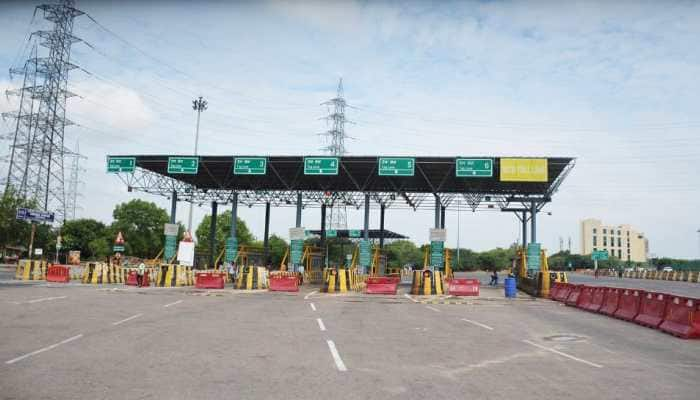Dussehra 2017: Significance of Vijayadashami in East India
Trending Photos
) Pic Courtesy: Thinkstock image used for representational purpose only
Pic Courtesy: Thinkstock image used for representational purpose only The last day of the 10-day-long Durga Puja festival culminates with the immersion of the Durga murti, following a grand procession. In West Bengal, Assam and Odisha, Durga Puja is celebrated for five days through the nine-day-long Navaratri, and the last day is known as `Vijayadashami` or Durga Visarjan.
A teary farewell follows every year, when the decorated idol of Maa Durga along with idols of her children Ganesh, Kartikeya, Lakshmi and Saraswati, are immersed in a river or a lake so that she can unite with Lord Shiva in the Himalayas.
People dance and shout `Bolo Durga Mai Ki Jai` during the procession that ends with 'visarjan'. With a heavy heart people bid farewell to Maa Durga and this is quite an overwhelming experience for any onlooker.
The entire city that stands together during the festive occasion, is suddenly ripped off of all the decorations and the grand show that it puts up prior to the visarjan. The feeling is similar when a daughter leaves her native home, post marriage and the atmosphere suddenly transforms to one that of gloom. Devotees give Durga Maa a final farewell with the hope that she will return next year and bless her followers.
In almost all cities of eastern India, Durga Puja celebrations can be compared to that of a street carnival. Traffic literally comes to a standstill. Devotees spend the five days in pandal hopping, bringing home different types of idols, and visiting exuberant make-shift temples with families and friends. The atmosphere in towns or cities transforms is that of a long, extravagant carnival. Security is beefed up for the puja and people have to walk long distances to reach their pandal.
Such is the importance of this festival that people break all barriers and boundaries, irrespective of caste and creed, to come together as one, enjoy the beauty and pay their reverence to their Durga Maa.
On Vijayadashami, before the visarjan is carried out, a number of other rituals are observed, which are pivotal to this day. Houses and shops are all decked up with garlands made of marigold and mango leaves. On the day of visarjan, books, tools and pens are placed before the feet of Durga murti. Vehicles are also decorated with flowers, symbolising the good wishes of the Goddess. All this is done to seek blessings for the coming year.
The last day of the Navaratri festival - Vijayadashami - is considered auspicious to start a new venture.
Darpan visarjan is another important ritual that is observed before the actual immersion of the idol. Here, the priest symbolically immerses the idol by capturing the reflection in a bowl of water. This custom whereby one has to see the reflection of Durga maa through a bowl of water, is a deeply moving sight.
After this, the married women come together for a popular custom called `Shindoor Khela` (integral to Bengalis) where they smear the goddess as well as each other with `sindoor` or vermilion, to wish for a long life of their husbands.
The procession that leads to immersion is an emotional journey, as with a heavy heart devotees bid Maa Shakti goodbye. After worshipping and revering her for five days, the visarjan process is emotionally exhausting for everyone.
Devotees chant religious hymns and devotional songs and move towards the nearby river or lake in a grand procession carrying the life-size idols on decorated vehicles.
Everyone comes out to pay their last respects to Maa Durga on `bhashan` where one by one idols from all the pandals, temples and houses are taken for immersion in a procession.
Some people weep silently, while others sob incessantly. And suddenly all the grandeur of previous days comes to an awkward close. The city transforms from a colourful and joyous carnival into one filled with despair.
Following the bhashan and visarjan, people religiously get together for `Bijoya celebrations`. This is a social gathering among families and neighbours to promote solidarity on the eve of Vijayadashami. On this day, families visit their kith and kin, with youngsters seeking the blessings of their elders. It marks the victory of good over evil.
`Shubho Bijoya` greetings and hugs are exchanged and one celebrates this by distributing sweets. The significance of Vijayadashami or Dusshera, as it is known in North India, is indeed worthy of a mention for the people of eastern India, especially the Bengalis – a new beginning filled with the promise that mother goddess will come again next year to destroy the evil forces on earth and bring prosperity for the nation.
Durga Durga!
Stay informed on all the latest news, real-time breaking news updates, and follow all the important headlines in india news and world News on Zee News.
Live Tv







)
)
)
)
)
)
)
)
)
)

